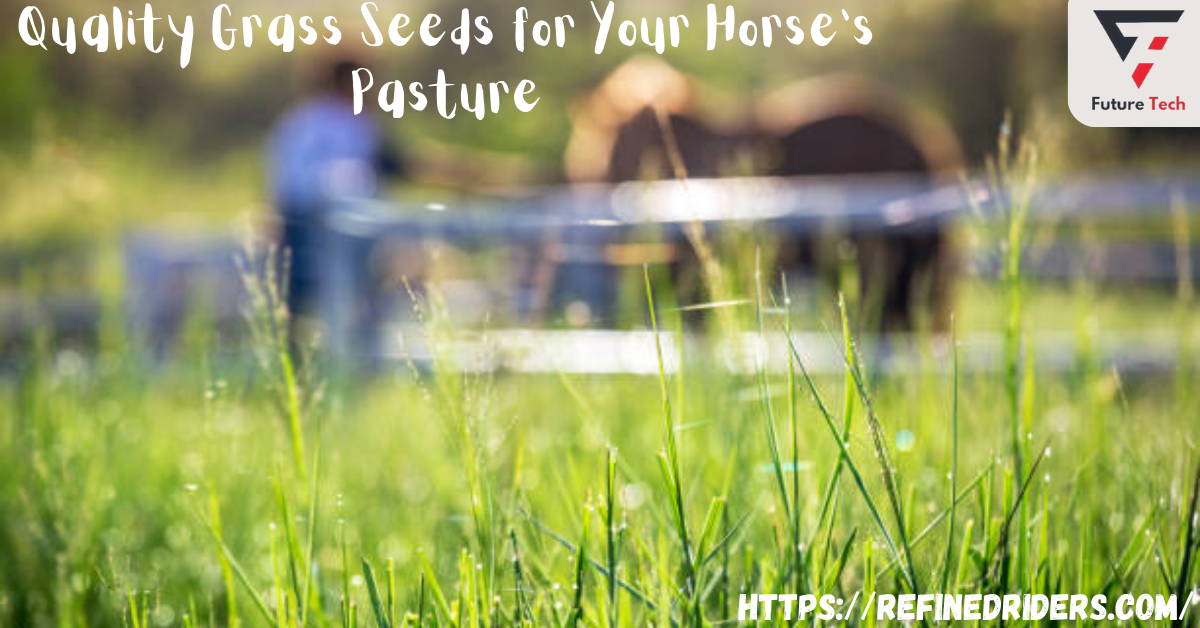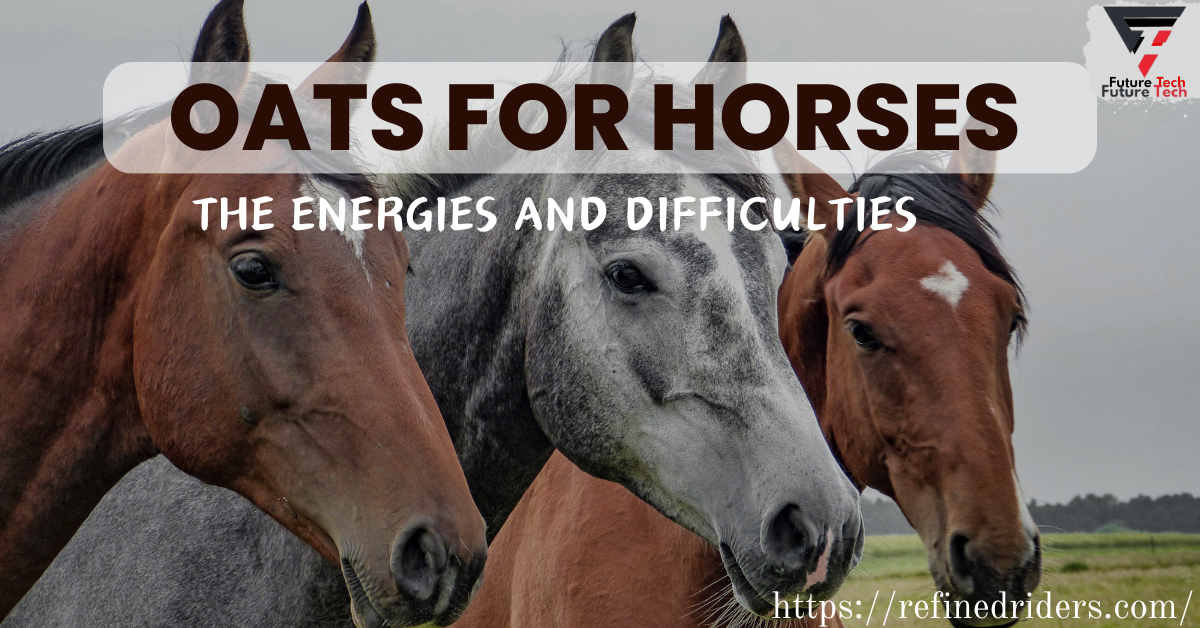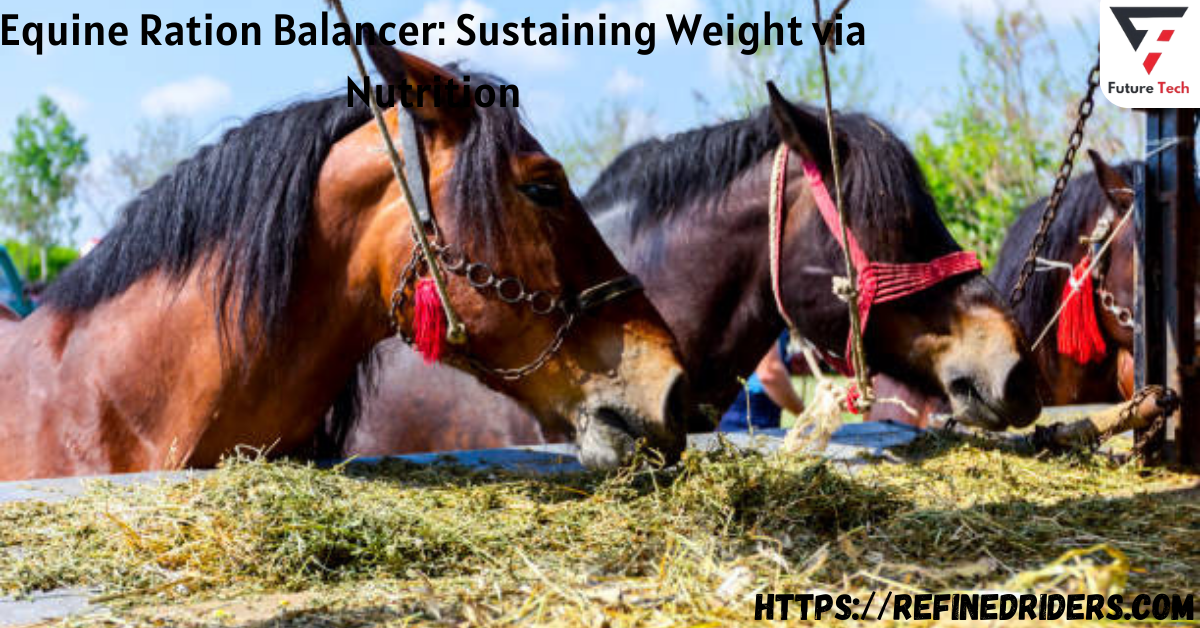As long as the growing season lasts, horse pasture seed will grow in the ground and provide forage for your horses. In contrast to popular belief, horse forage blends not only consist of cool-season or warm-season species. In certain areas, you can feed your horses year-round using a mixture of grasses that thrive in various temperatures.
Common pasture seeds, such as tall fescue, Kentucky bluegrass, and orchardgrass, may be ordered separately and mixed by the farmer during pasture establishment. Alternatively, you may buy our pasture seed blend. Consider the grasses and legumes in your pasture. Some develop too quickly or slowly if planted by themselves, while others have wildly contrasting nutritional and flavor profiles.
If starting from scratch with your pasture, you should strive for a mixture of three to four perennial grasses and one or two perennial legumes. Only a tiny fraction of the forage should be legumes. Legumes might be too rich of a diet for certain horses. If you need to figure out what your horse requires for food, it’s best to ask your vet.
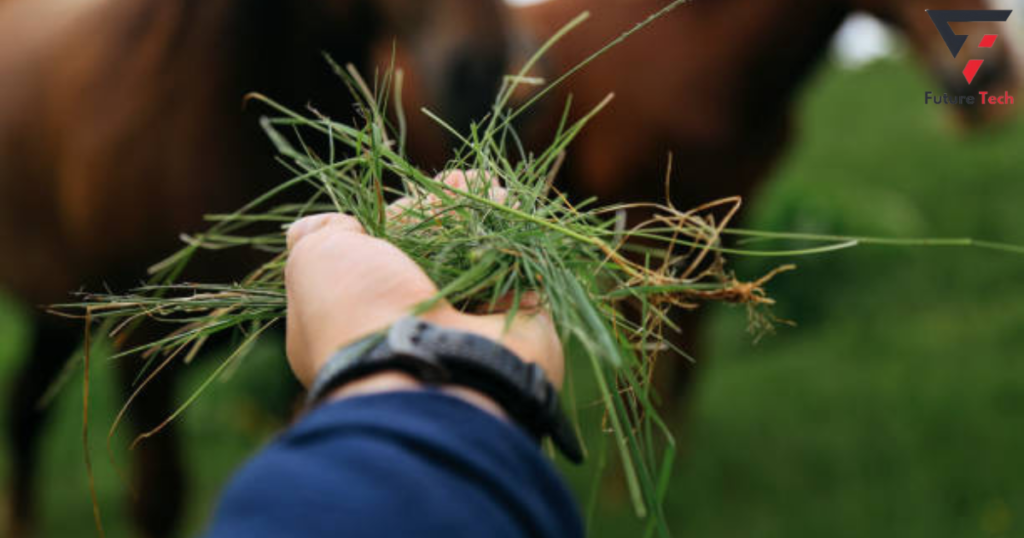
Types of Horse Pasture Seed
Different kinds of horse pasture seed have other traits better suited to different climates and environments. Here are some typical varieties of pasture seed for horses:
1. Seasonal Cool-Weather Grass:
Although it is known for looking lush and fine-textured, Kentucky bluegrass produces high-quality fodder and needs soil with good drainage.
The perennial ryegrass used for horse pastures is popular since it is easy to grow, and horses find it delicious.
Orchard grass is commonly used for horse pastures because it is drought-resistant and hardy.
2. Tropical Grasses:
Bermudagrass is well-suited to the warm, humid climate of the South because of its ability to withstand heat and drought.
Brazil Grass is a low-maintenance, warm-season grass that adapts to various soil types.
3. Legumes:
Alfalfa is a legume often used with grasses to enhance pasture quality. It is high in protein and other minerals.
Red clover is an excellent feed source for horses, increasing soil fertility since it fixes nitrogen.
Some horse pasture seed mixes include grasses and legumes, providing a balanced diet for the horses.
Natural horse pastures that are well-adapted to local circumstances may be created using native grasses, albeit this depends on the location and temperature. Forage sorghum may be a valuable supplement for summer grazing when handled cautiously due to its potential high sugar content.
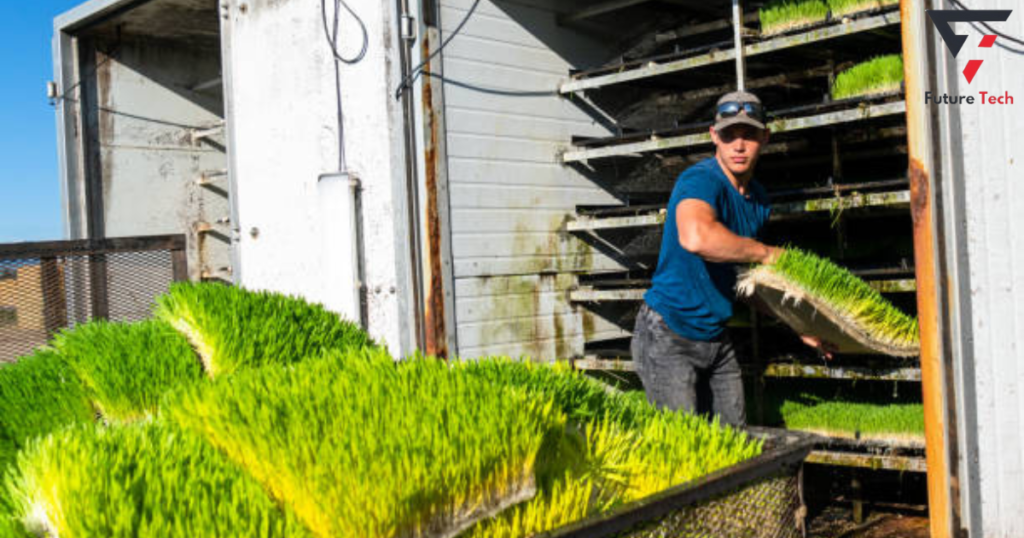
Why Is Horse Pasture Seed Necessary?
Needs for Diet
A balanced diet that includes fat, carbohydrates, protein, vitamins, and minerals is essential for horses and people. There is a sizeable age-related variation in a horse’s vitamin and mineral requirements.
Supplementing a horse’s diet with these minerals—phosphorus, calcium, chloride, potassium, sodium, magnesium, and sulfur—has many positive effects. Including more copper and zinc in a young horse’s diet is beneficial. Every horse needs a lot of vitamins A, D, E, K, C, and the B vitamins. You can produce the ideal grass for horses by planting horse pasture seeds and legumes.
Fertilization
Large pasture growers sometimes face difficulties with fertilization. Many farmers and horse owners use rotational grazing to aid in fertilization. However, it is only occasionally practical.
Growing legumes can help mitigate many of the issues that arise when sowing pasture seed. Alfalfa and white Dutch clover are the two most frequent legumes in horse pasture seed. Protein, calcium, and calories may all be found in plenty. However, they are helpful for more than just keeping your horses nourished.
Legumes improve soil fertility by fixing excess nitrogen. Combining grasses with legumes creates a more stable pasture. Planting legumes after grasses helps replenish nitrogen levels in the soil. Having a natural fertilizer on hand is a fantastic method to reduce the use of chemical fertilizers, which may negatively affect the ecosystem.
The Extinction of Winter Grazing
The perfect blend of grasses and legumes and good pasture management means your horses can consume nutritious meals no matter the season using horse pasture seed.
Certain regions can address the “summer slump” and winter dormancy problems linked to either cool-season or warm-season forages by incorporating a blend of warm and cool-season grasses. Please get in touch with us to determine whether this strategy suits your horse pasture’s environment.
How to Pick the Right Seed for Your Horse’s Pasture
Choosing the right seed for your pasture is essential to grow a robust and prosperous crop there. To start, consider your location and the type of weather your area typically encounters, as this will help you select grass seeds suitable for your region. You can determine your soil’s pH and nutritional content by conducting a soil test. Think about the health and dietary requirements of your animals. Determine whether you will use the grass for grazing or haymaking, then select grass kinds accordingly. Choose nutrient-rich seed blends devoid of weed seeds as a top priority. Buy a certified basis of good quality and plant it according to the instructions. Maintaining a healthy pasture via routine care and attention is crucial, as is keeping an eye on your animals after exposing them to new fodder. We highly recommend seeking expert advice for this endeavor.
Horse pasture seed is widely available, and the most nutrient-dense varieties combine grasses with legumes. Feeding your horses year-round is easy when you plant high-quality horse pasture seed that improves soil fertility and restores depleted nitrogen stores.
Nature’s Seed horse pasture combinations include only the highest quality grasses and legumes, such as alfalfa, white Dutch clover, orchardgrass, Kentucky bluegrass, perennial ryegrass, Timothy, and tall fescue (endophyte free). Browse our horse pasture seed mixtures or our assortment of high-quality grass seeds to discover the perfect combination for your equines.
How long does it take for pasture seeds to sprout?
The typical germination time for pasture seedlings is 5-10 days. But the seeds you use matter, too. We advise giving the fresh seeds space to grow after planting for optimal results. The sources may then germinate and take root in this environment. It’s best to wait around 5–6 weeks before letting your horses out to graze, but it’s okay once the seeds have germinated. However, after this period, you should remove the horses and allow the ground to heal for at least two to three weeks.
Pasture Administration
Think about how you want your horses to graze after you’ve settled on a combination and the grass has started to grow. One to a half percent of a horse’s body weight daily translates to two or four acres of grass every four to six months. An ample grazing area is also necessary for horses.
However, farmers may not always have access to such expansive pastures because of factors such as limited arable land or the presence of other types of cattle. Rotational grazing is an option to think about in times like these.
If you have concerns about horses obtaining sufficient food and nutrients in smaller lots, you should consider utilizing rotational grazing as an effective pasture management technique. The farmer can adequately care for his horses with four paddocks and a sacrifice lot in the center, complete with hay and water.
The horses will utilize only some of the four paddocks at once, even though they will all get the identical seed combination. Depending on the pasture’s design and size, horses may graze in a paddock for weeks to months. At the same time, other paddocks are developing typically. The horses may be moved to a different paddock when it is time to give the previous one a break.
Horse pasture seed benefits significantly from a rotating approach, allowing grasses and legumes to recover and strengthen. Horses’ hooves and appetites are pretty damaging to the earth, so giving them a break from eating for a while allows the ground to recover.
Conclusions
You should put money into high-quality pasture seed for your horse’s health. Your grass seed combination should be rich in minerals to meet your horse’s daily nutritional requirements. Forage seeds are easily accessible at stores. For your convenience, we have summarised and presented our findings about the top three horse pasture seeds above. Finally, make sure your horse receives enough of the nutrients and minerals it needs by selecting a grass seed mix. Additionally, it should be simple to cultivate and provide abundant results.

